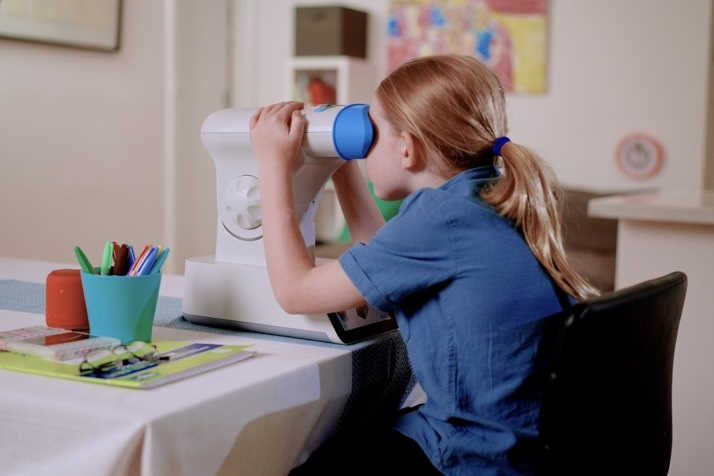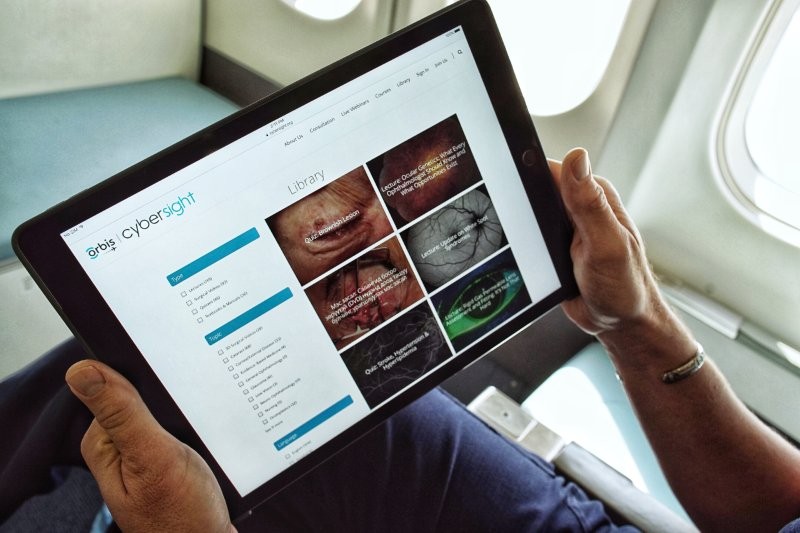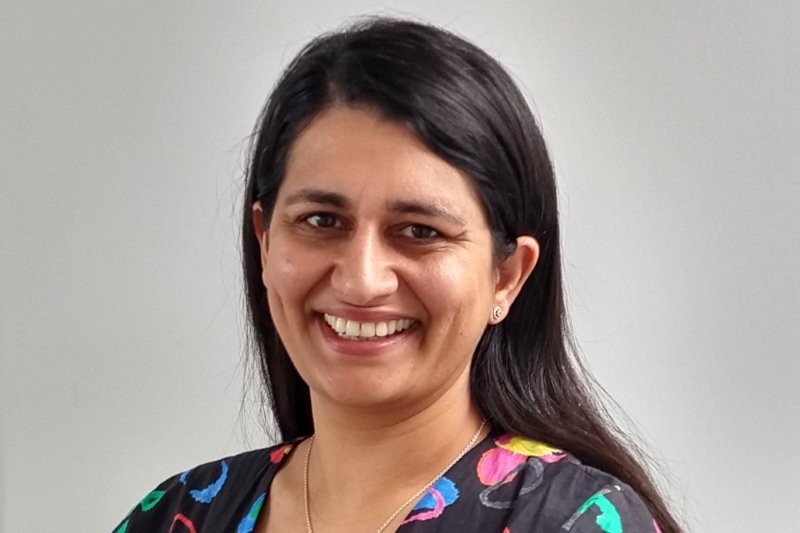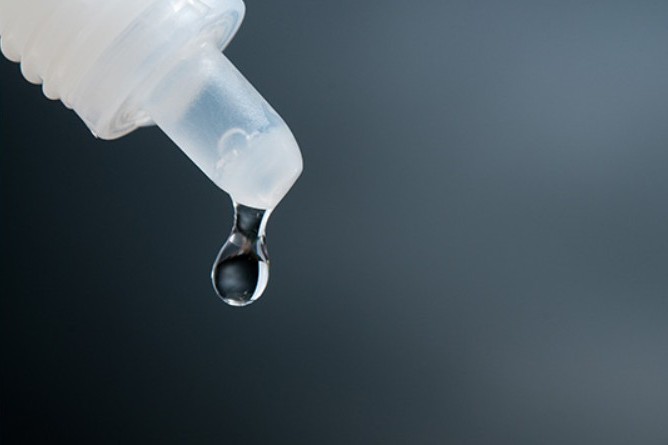RLRL therapy for kids effective across ethnicities
The efficacy of repeated low-level red-light (RLRL) therapy in controlling myopia progression among multi-ethnic children is comparable to, or even better than that identified in Chinese patients in previous trials, a three-month interim study has found.

Assessing the efficacy and safety of RLRL therapy to control myopia progression among multi-ethnic school-aged children, the Australian College of Optometry enrolled a total of 34 myopic children aged 8-13 years. Participants had a cycloplegic spherical equivalent (SE) of -0.50 to -5.00 (inclusive) diopters (D), astigmatism of 2.50D or less, anisometropia of 1.50D or less and monocular best-corrected visual acuity (BCVA) of 20/20 or better.
Participants were randomly assigned to the RLRL group (n=16) or the single-vision spectacles (SVS) group (n=18). RLRL therapy was administered twice daily on weekdays for three-minute sessions, while the SVS group continued routine activities. Assessments were scheduled at baseline and follow-up visits at one, three, six and 12 months, with compliance monitoring and safety assessments throughout. At the three-month follow-up (n=31), the RLRL group demonstrated a significant shortening in AL (-0.07±0.07mm) compared to the SVS group (0.03±0.05mm). Similarly, SE progression experienced a hyperopic shift in the RLRL group (0.26±0.14D) while the SVS group exhibited a myopic shift (-0.03±0.38D). No severe adverse events were reported.
Supported by Eyerising International, the MedRxiv pre-printed study is yet to be peer-reviewed.


























